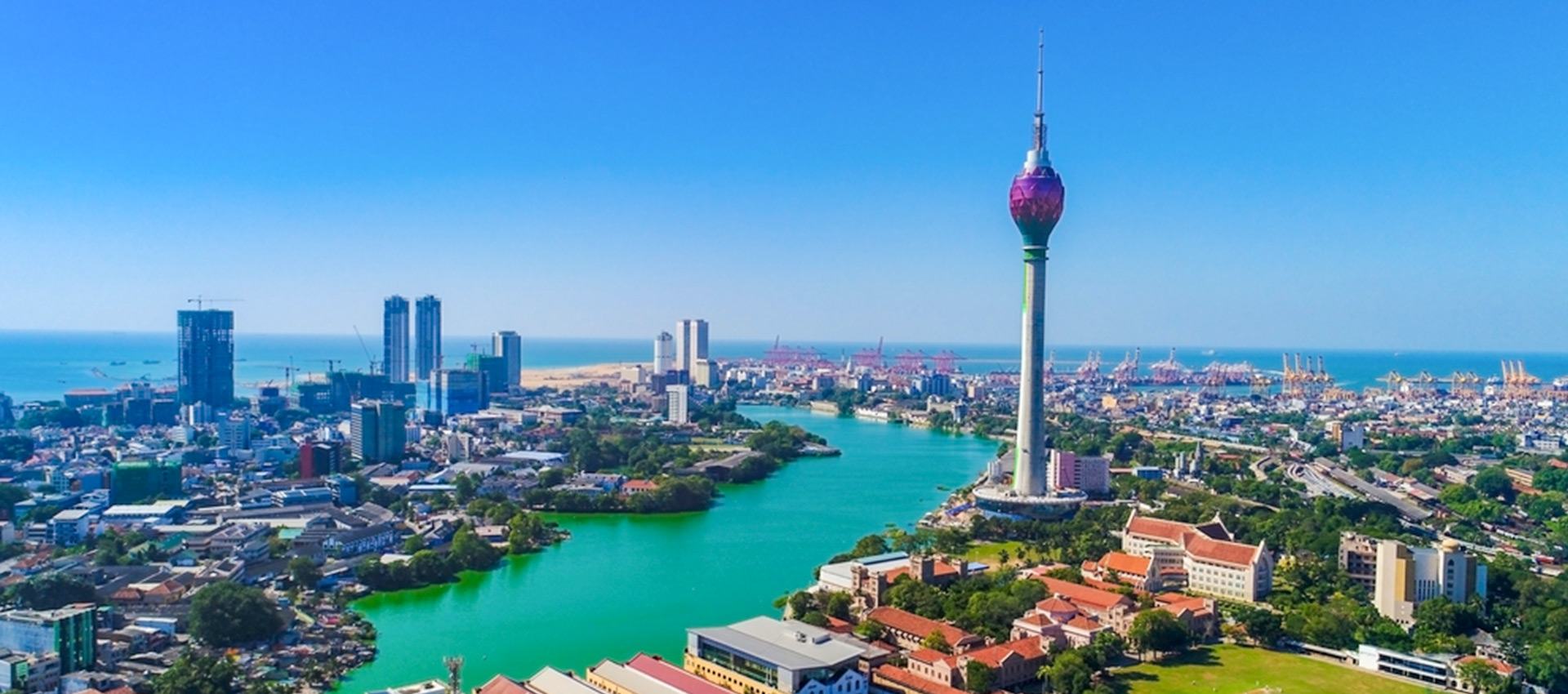Colombo, Sri Lanka’s capital, can be stifling during the day, with heat hanging in the built-up areas, but the reduction of a few degrees can make the evenings blissful. Ensure you carry a light sweater with you when heading out to dinner because a few of its excellent bars and restaurants do like to keep their air-con on the cool side! Tourists often seek out the open-air options. Its position on the south-west coast means that Colombo’s climate is affected by the main south-west (“yala”) monsoon which brings rain to the west and south-west coasts and hill country largely between May and July. The less severe north-east (“maha”) monsoon hits the east coast – including the cultural triangle - predominantly from November to January and does not touch the capital. But watch out for an inter-monsoonal period of unsettled weather preceding the Maha monsoon in October during which heavy rainfall can occur anywhere across the island, Colombo very much included.
Colombo’s high rainfall figures mean that it is classified as a tropical climate, but much of the rain falls after dark, and often in short, heavy bursts. May and October to mid-November are Colombo’s wettest times, but once November begins to settle its relative cool introduces the capital’s most enchanting weather of the year. Its driest months are January and February. Rainfall figures are more variable than the temperature. The hottest time is late March and April when well-to-do Colombo-ites often flee for the hills.
Best month to visit Colombo: January
| Average high °C | Average low °C | Average rain / m mm | Average rain days / m | Average sun hours / month | |
|---|---|---|---|---|---|
| Jan | 31 | 22 | 58 | 5 | 248 |
| Feb | 31 | 23 | 72 | 5 | 246 |
| Mar | 32 | 23 | 128 | 9 | 276 |
| Apr | 32 | 24 | 245 | 14 | 234 |
| May | 30 | 25 | 392 | 16 | 202 |
| June | 30 | 25 | 185 | 16 | 195 |
| July | 30 | 25 | 122 | 12 | 202 |
| Aug | 30 | 25 | 120 | 11 | 202 |
| Sept | 30 | 25 | 245 | 15 | 189 |
| Oct | 30 | 24 | 365 | 17 | 202 |
| Nov | 30 | 23 | 415 | 15 | 210 |
| Dec | 31 | 23 | 175 | 10 | 217 |
| Year | 31 | 24 | 210 | 145 | 215 |





